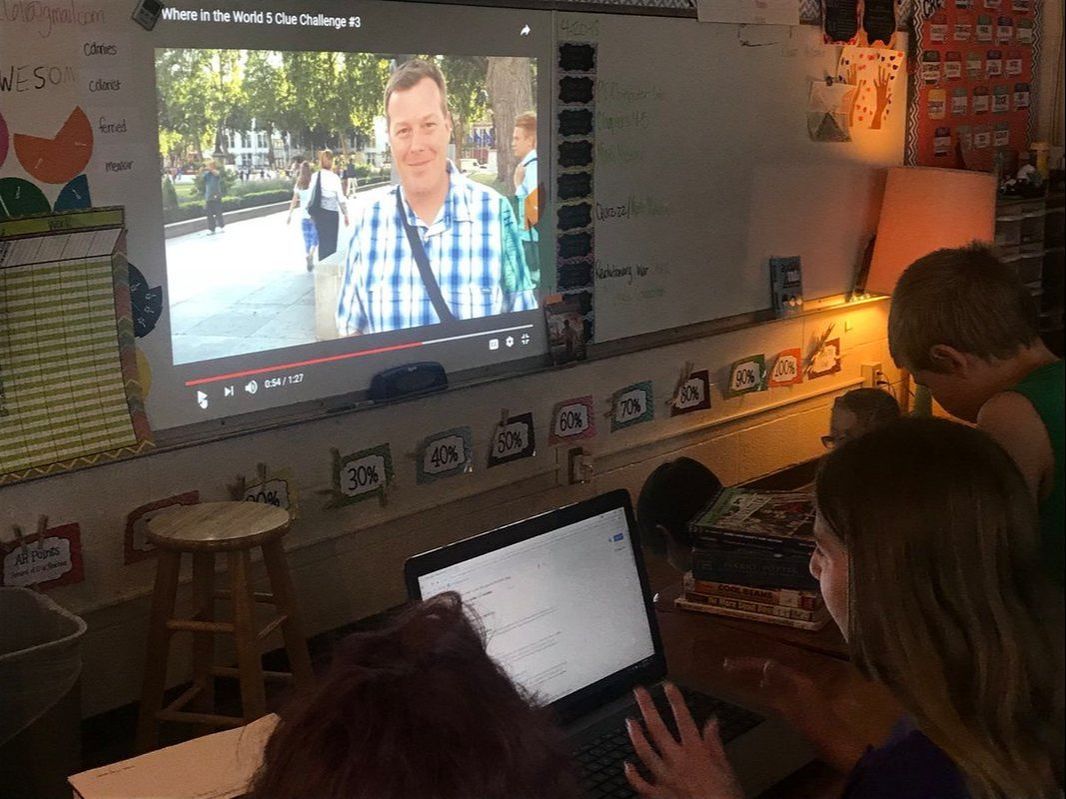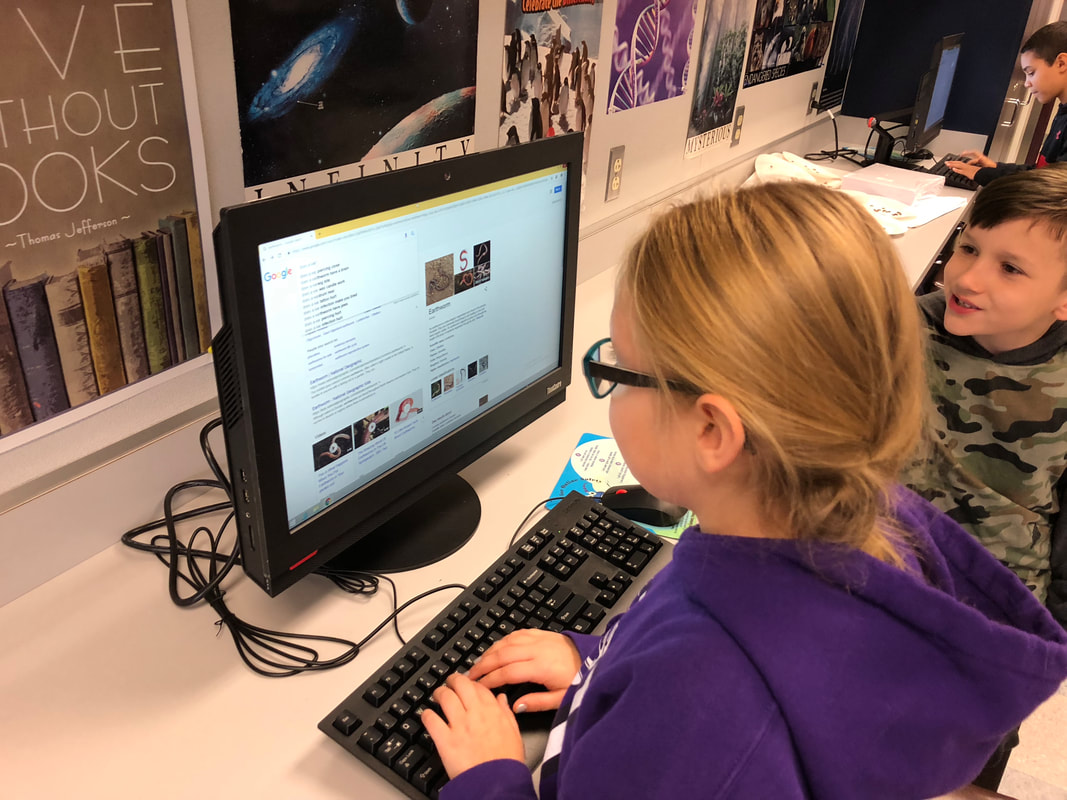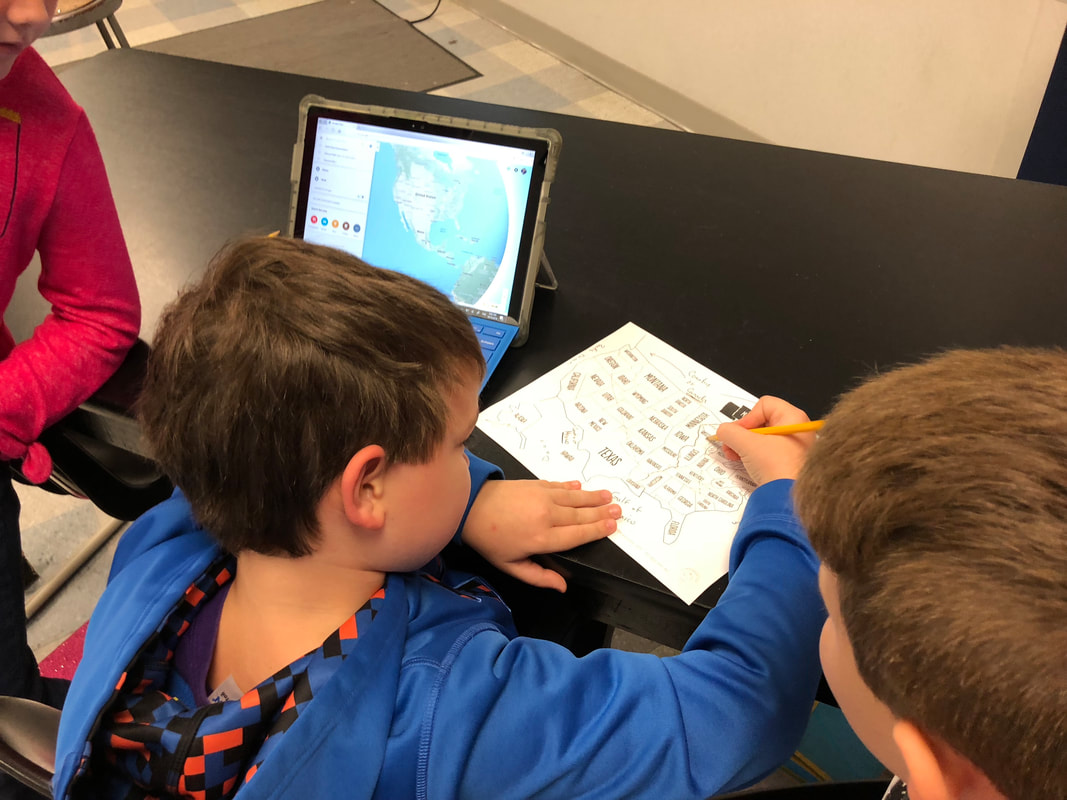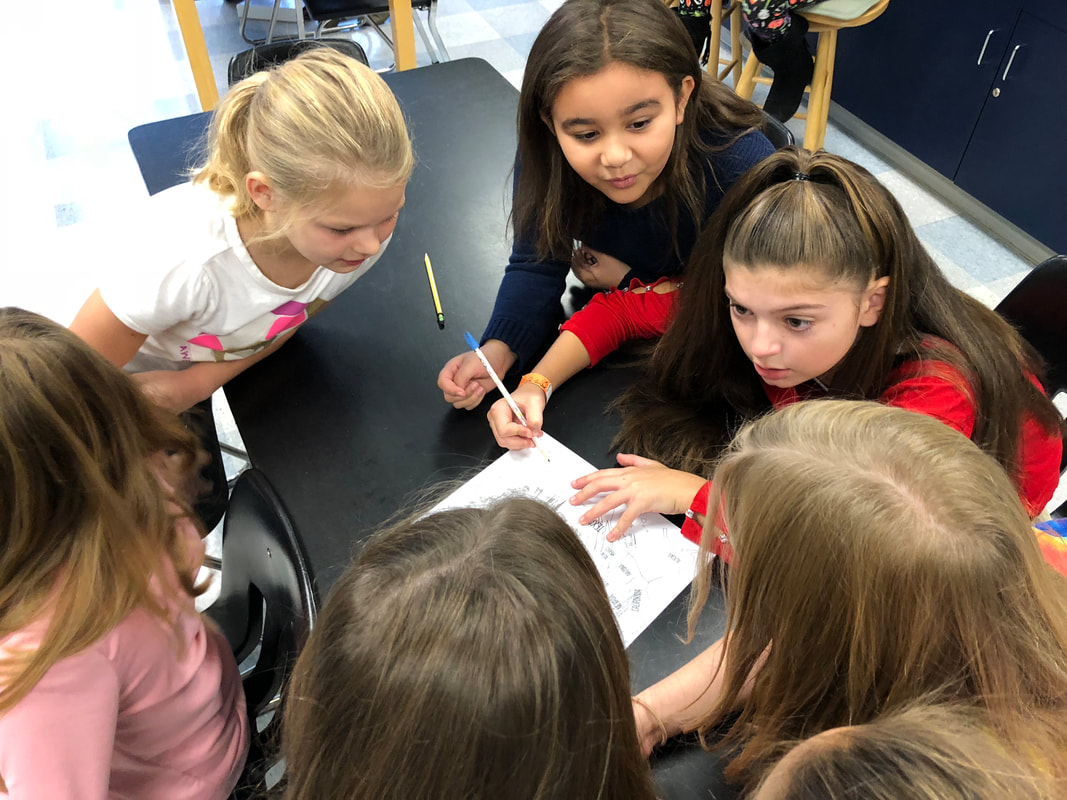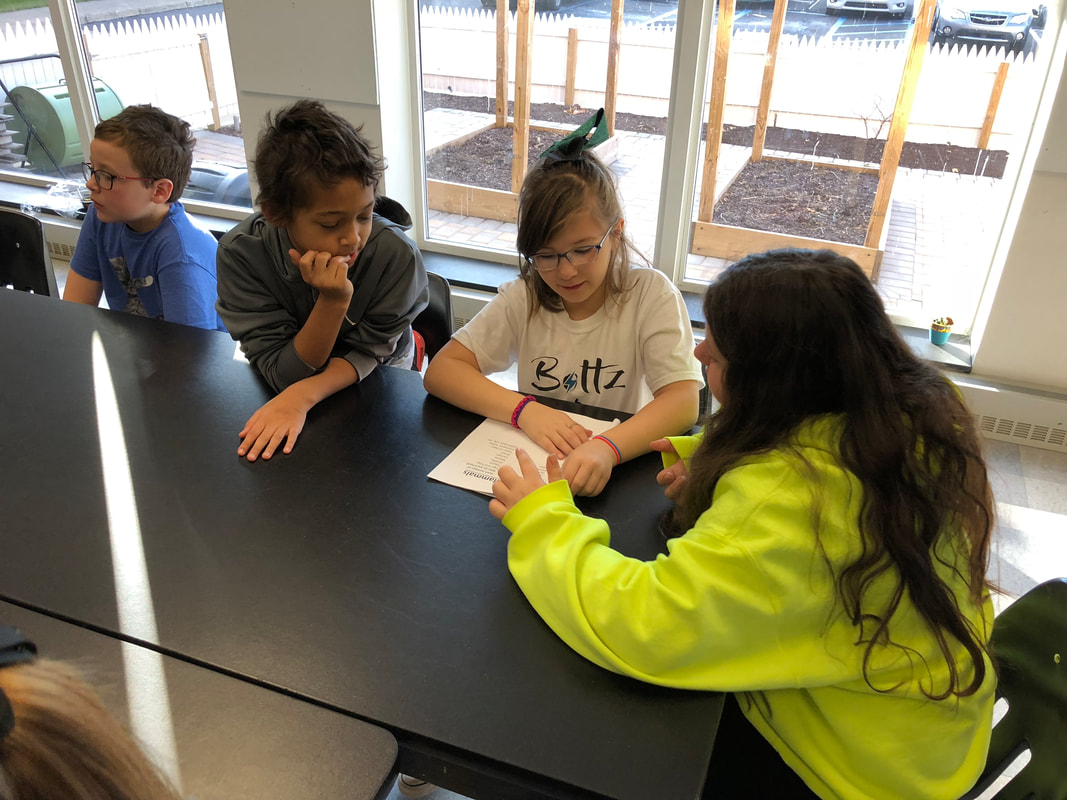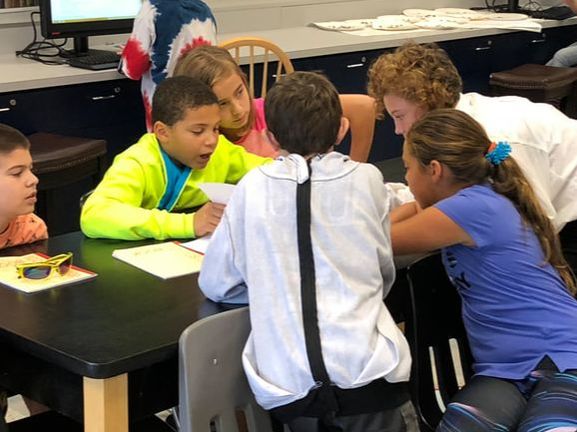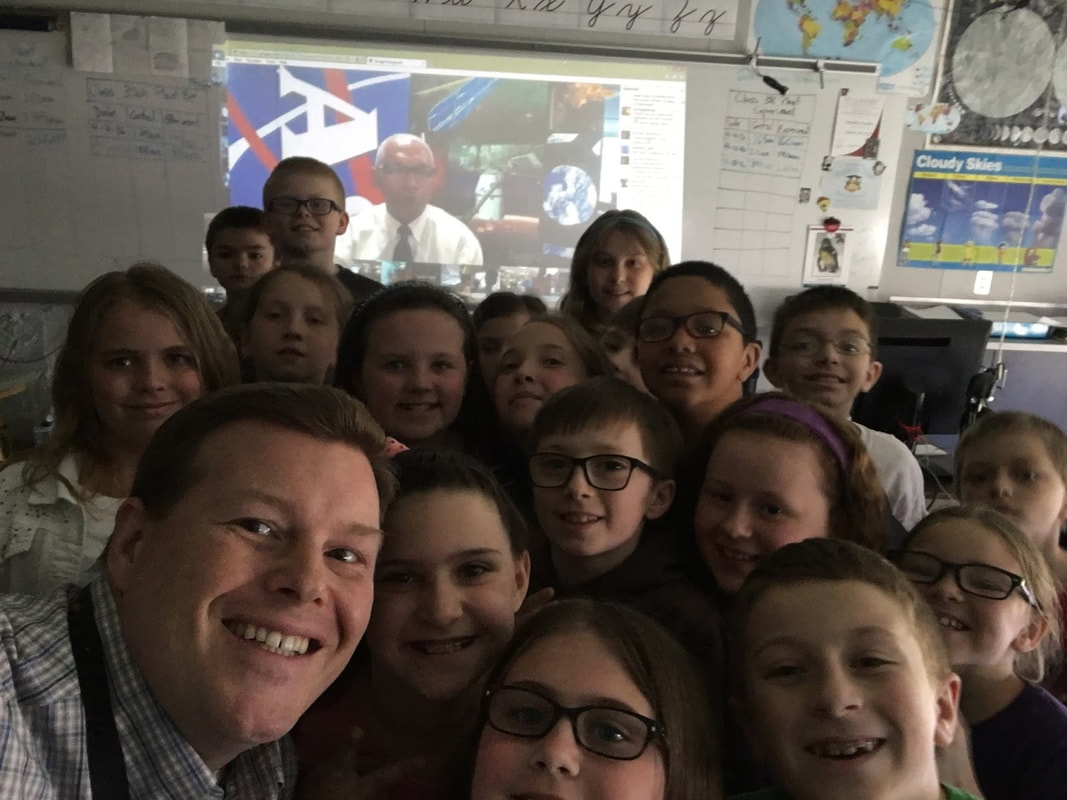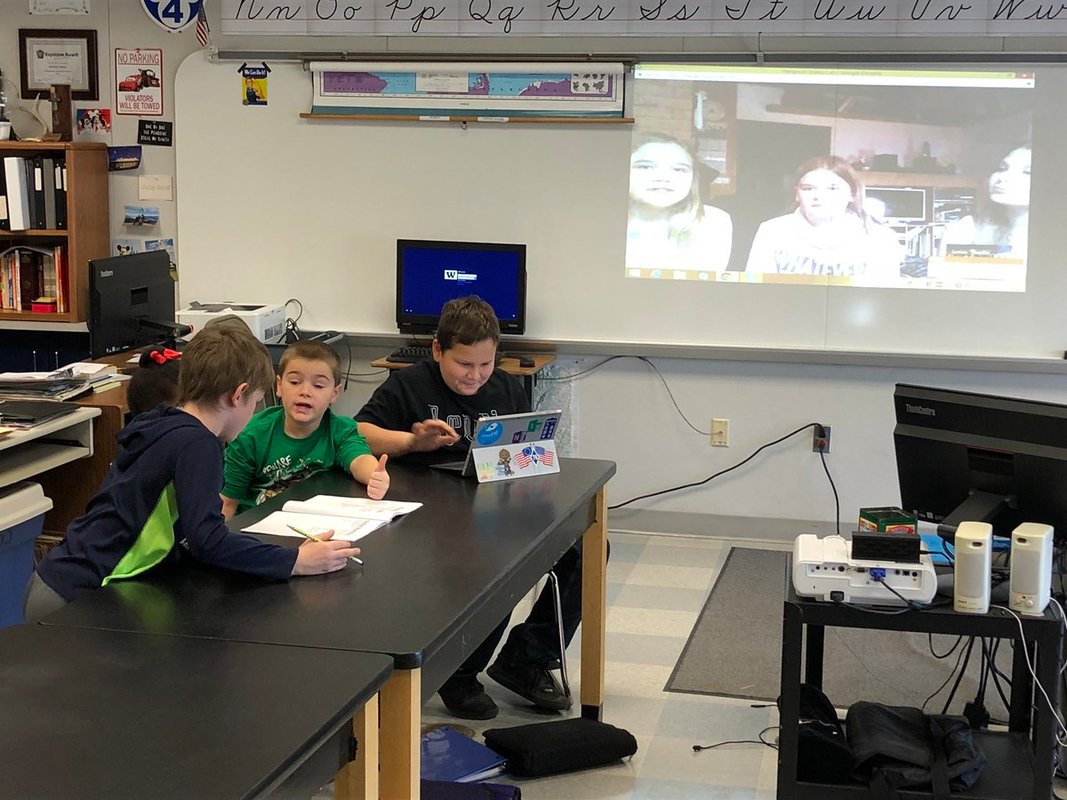Teaching Guide - The 5 Clue Challenge
|
The 5 Clue Challenge was created for two reasons. First, my students needed a way to play a Mystery Skype type game with children in distant time zones who were not in school at the same time. Second, I wanted a way to share my travels with my students, who live in a small, rural town. Since creating this learning resource years ago, I've often been asked questions about the best way to use it with students. This page is designed to give you some ideas.
I have led workshops and professional learning sessions for teachers around the world on the topics listed on this page and many others. If you are interested in having me facilitate a workshop for your teachers or speak at your conference, visit my workshop/speaking page and send me an inquiry. |
Teaching how to researchReading non-fiction text, identifying bias, and learning how to navigate internet search engines are all vital skills for students to learn. Here are some tips to help students learn to be better researchers. (We use Google as our search engine)
|
Combining 5 Clue Challenge with your CurriculumWe all want students to have fun while they learn, but we also have curriculum and content that we need to teach. These tips will help you use the 5 Clue Challenge to do both at the same time.
|
Building Critical ThinkingWhile it's easy to build critical thinkings skills by playing the 5 Clue Challenge with your students, having them create their own forces them to really have to use higher order thinking skills. In order to successfully plan and create a video, they'll have to research, analyze information, and evaluate their clues to determine the best order. They can create videos in any of the categories on the site, or develop videos on topics nobody has dreamed yet. Last year, students in Staten Island, NY created "Mystery Instrument" videos, and my students created "Mystery Planet" videos when they were studying the Solar System. Help your students tap into their creativity to use what they learn in class to develop new 5 Clue Challenges.
|
Extension ActivitiesOnce your students have completed a few 5 Clue Challenges, here are some other ways to bring global learning experiences to your classroom.
|
